Video: Basic Automotive Maintenance (Part 1) 2024, July
A driver is a person who is engaged in repair, maintenance, and also the management of heavy equipment with increased cross-country ability. Such equipment can be operated both under normal conditions (in agriculture, fleets), and in paramilitary structures (all units of the Russian army, as well as in departments of the Ministry of Internal Affairs).
Where is required
This position has become widespread in the armed forces. In order for the car to be operational throughout the journey, as well as to save space in the crew, one person combines the functions of a driver and a repairman.
The driver repairs and controls the following modes of transport:
- landing vehicle;
- tank
- infantry fighting vehicle;
- vehicle SAM (anti-aircraft missile system);
- combat reconnaissance and patrol vehicle;
- wheeled armored personnel carriers;
- all-terrain vehicles;
- TMM (heavy mechanized bridge);
- multi-axis diesel cars (MAZ, BAZ, MZKT, KZKT);
- snow and swamp vehicles;
- amphibious machines GT-T, GT-SM (GAZ-71), MT-LB, DT-30 [4], DT-10.
In civilian life, a position is often found in companies that have their own fleet. To combine the position of an employee with the experience of a mechanic, they accept a position that implies simultaneously driving a vehicle, as well as servicing it.
In the army, a mechanic often combines a driver. Such posts are staffed by military personnel who have been trained in the military unit. During the period of work or service, the mechanic can improve his professional qualifications.
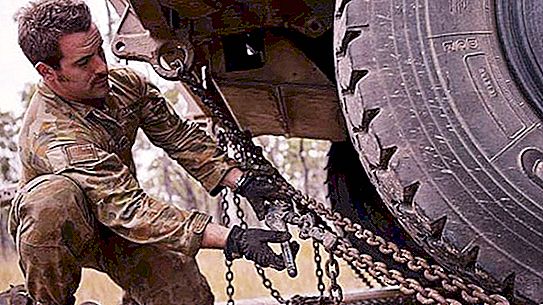
The specialties are related: a bulldozer driver, an all-terrain vehicle driver, an excavator driver, a tractor driver, a skidder, a scraper driver, and an agricultural tractor driver.
What does
The driver must know the rules for servicing and operating special vehicles, signals and established rules for the movement of vehicles.
The specialist manages the vehicle entrusted, carries out maintenance, adjusts the engine, repairs, adjusts auxiliary and special technical equipment.
The duties of the driver require knowledge of the vehicle at such a level that it is possible to carry out repairs in off-road conditions, difficult weather conditions, in extreme conditions or in the absence of the ability to receive service.
Job description
The driver must perform only those duties that are prescribed in the job description. Since the position is most often found in paramilitary structures and in the army, there are practically no additional tasks.
The job description must indicate the duties, rights, responsibilities that are assigned to the employee.
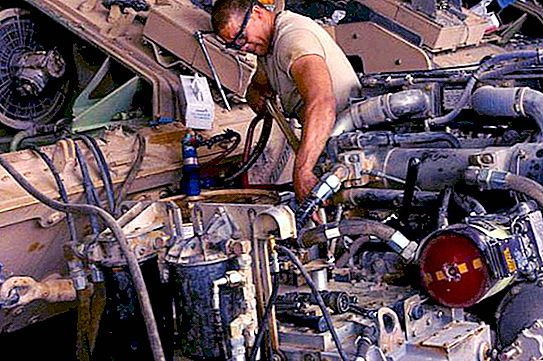
Interaction with other units may also be documented.
Required knowledge
In order to carry out his work efficiently, a mechanic must have a great deal of professional knowledge. The driver’s manual contains a list of required knowledge:
- the device, purpose and principle of operation of units, mechanisms, and devices of the vehicle that is being serviced;
- rules of technical operation and traffic for cars;
- detection methods, causes, troubleshooting, which arose during the operation of the vehicle;
- rules for car maintenance;
- rules governing the operation of batteries and car tires;
- the rules according to which the storage of vehicles is carried out in open parking lots and in garages;
- maintenance rules;
- ways to prevent accidents on the road;
- first aid techniques for accidents;
- the procedure in which emergency evacuation of passengers during an accident is carried out;
- internal regulations and safety precautions.
Duties
So that there is no misunderstanding on the part of the employee, as well as claims from the side of the senior management, the duties are specified in the instructions as detailed as possible. There can be no ambiguities or other interpretations - all formulations are as simple and understandable as possible.
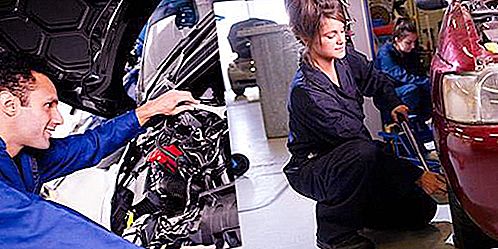
The responsibilities of the driver include:
- ensuring reliable and trouble-free operation of all types of equipment;
- ensuring the correct operation of equipment;
- timely and high-quality repair and maintenance of the vehicle;
- supervision of the condition of the vehicle and its repair;
- participation in the acceptance and installation of new equipment;
- organization of accounting for the implementation of repair work;
- compliance with labor protection and safety regulations;
- driving a trusted vehicle in all conditions;
- filling in waybills;
- checking the technical condition of the vehicle before leaving;
- cargo reception;
- verification of supporting documentation for the goods;
- checking the integrity of the packaging of goods transported to the vehicle;
- ensuring the integrity of the cargo during transportation;
- preparation of documentation for unloading.
The work of the driver provides:
- elimination of minor malfunctions during the operation of the transport;
- Keep the vehicle clean;
- fulfillment of management instructions.
Rights
The driver, like any employee of the organization, has rights, the protection of which is included in the jurisdiction of the legislative framework of the Russian Federation.

The mechanic has the right to:
- submitting proposals for consideration by the management on issues related to its competencies;
- use approved orders, instructions, instructions, documents, rules that govern its work;
- inform the management of any malfunctions detected during operation or verification of entrusted equipment;
- to request, as well as receive the information necessary for work;
- provision of work clothes;
- advanced training;
- assistance from management in matters of observance of its rights;
- Warranties provided by applicable law;
- rights provided by applicable labor law.
Responsibility
The driver is responsible for:
- improper performance or non-performance of their direct functional duties, which are provided for by the approved job description;
- causing material damage to the organization;
- rough treatment of employees and colleagues, violation of internal rules;
- commission of offenses that occurred during the performance of direct duties.
Responsibilities for each item are assigned to the extent that they are provided for by the current criminal, administrative, civil, labor laws of the Russian Federation.
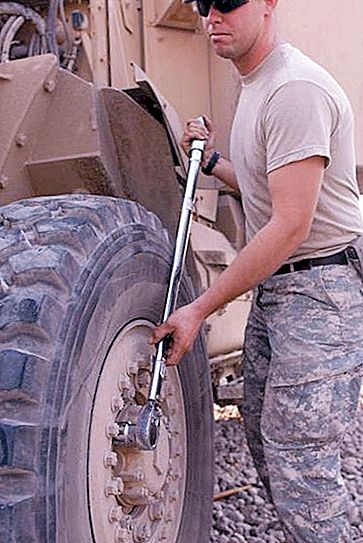
A mechanic, regardless of whether he is in the army, in a private organization or in a state company, is responsible for disclosing trade secrets, the route of movement of vehicles and rolling stock.
For the disclosure of state secrets in the service in the army of the Russian Federation, full responsibility is assumed in accordance with the legislation of the Russian Federation.
Training
Driving mechanics are trained by providing additional education to those people who have the certificates of a tractor driver (or tractor driver). Training can be completed both at the expense of the organization and at will. At the end of the training, they must receive a document confirming their education - a driver’s certificate. It is issued to people who have completed the full course.
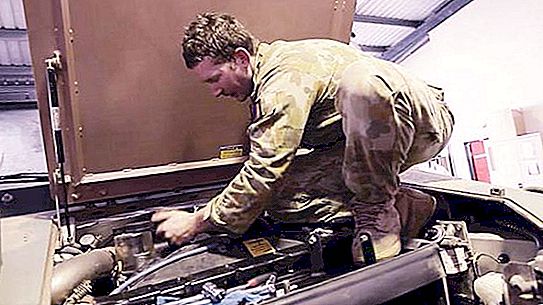
Training of driver-mechanics for civilian positions is carried out in vocational schools, as well as in courses.
According to the legislation, specialists holding this position must undergo mandatory recertification. Depending on where the employee works, recertification can be carried out once every three years or once every five years. For special categories working with transportation of a large number of people, recertification and confirmation of skills are possible more often.
Education
The workplace of the driver is allocated to an employee who has a certain set of personal qualities and professional knowledge. In order to get a job in this position, an employee must possess the following important qualities:
- resourcefulness;
- the ability to memorize and reproduce various manipulations;
- the ability to maintain sobriety of thinking and clarity of reaction under the influence of fear or sudden influences;
- the ability to maintain high performance in emergency conditions, a time shortage, in stressful situations and during exposure to external stimuli;
- the ability to clearly coordinate movements while working with arms and legs;
- accurate eye and ability to evaluate the distance;
- accurate and quick motor reaction to an object that is moving;
- stamina;
- adaptability.

In order to master a specialty, at least a complete general education is required, as well as primary vocational education or secondary education.






